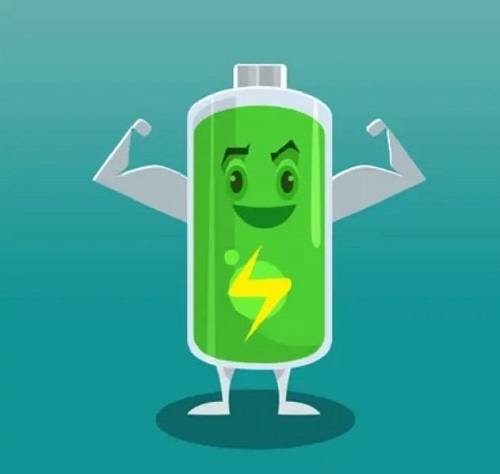LCO batteries are a branch of lithium-ion batteries. In addition, there are lithium manganese oxide batteries, ternary lithium batteries, and lithium iron phosphate batteries. Compared with other types of lithium-ion batteries, LCO batteries are the most capable of charging Battery.

LCO batteries have a stable structure, high specific capacity, and outstanding comprehensive performance, but their safety is poor and their cost is very high. The said voltage is 3.7V.
First, Characteristics of LCO battery
1. Excellent electrochemical performance
2. Excellent processing performance
3. The tap density is high, which helps to increase the volume specific capacity of the battery
4. Stable product performance and good consistency
Second, the parameters of LCO battery
Standard discharge continuous current: 0.2C
Maximum continuous discharge current: 0.5C
Working temperature: Charging: 0~45℃
Discharge: -20~60℃
Product size: MAX 15*29*51mm
Finished internal resistance: ≤180mΩ
Lead type: national standard line UL1571/26#, line length 100mm
Protection parameters: overcharge protection voltage/4.28±0.025V per string
Over-discharge protection voltage 2.4±0.1V Over-current value: 3~7A
Third, the use of LCO battery
The application of LCO batteries is still relatively small. The technology of cobalt lithium for small batteries is very mature, but the cost of cobalt lithium is too high. Many companies use manganese lithium instead, and some are all manganese lithium.
LCO has stable performance and is the most mature technology for mobile phones, but the biggest disadvantage of the application is high cost, and cobalt is a relatively scarce strategic metal; in addition, it is also difficult to apply to power batteries. LCO batteries are mainly used as positive electrode materials in the manufacture of lithium-ion batteries for mobile phones, notebook computers and other portable electronic devices.



